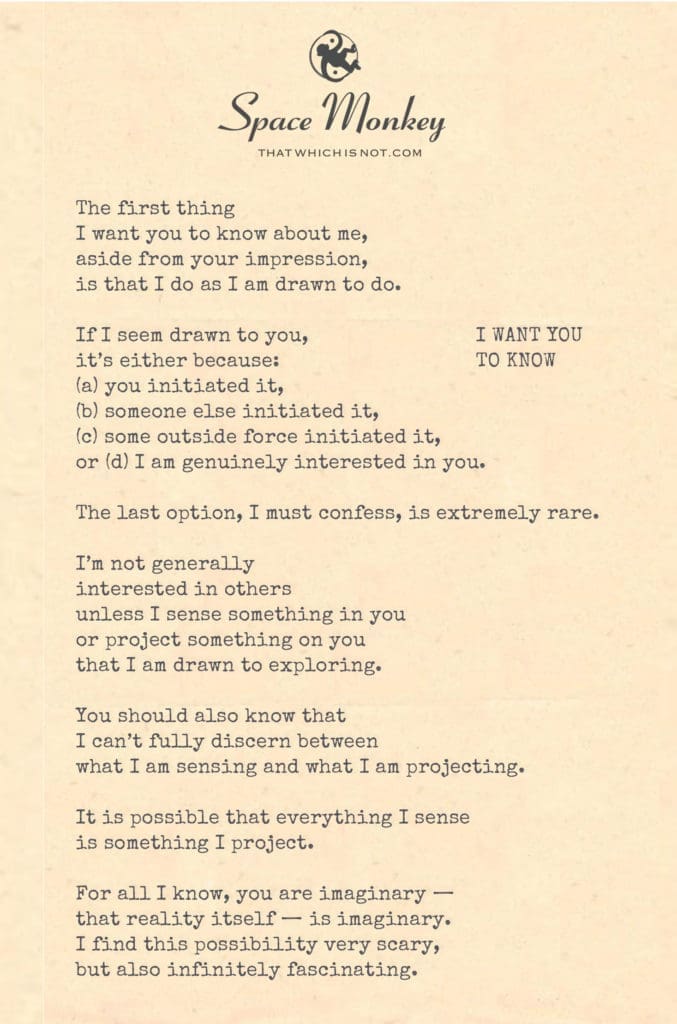
Or is it ALL my “business?”
The first thing
I want you to know about me,
aside from your impression,
is that I do as I am drawn to do.
If I seem drawn to you,
it’s either because:
(a) you initiated it,
(b) someone else initiated it,
(c) some outside force initiated it,
or (d) I am genuinely interested in you.
The last option,
I must confess,
is extremely rare.
I’m not generally
interested in others
unless I sense something in you
or project something on you
that I am drawn to exploring.
You should also know that
I can’t fully discern between
what I am sensing and what I am projecting.
It is possible that everything I sense
is something I project.
For all I know, you are imaginary
—that reality itself — is imaginary.
I find this possibility very scary,
but also infinitely fascinating.
Rockport,
10/8
Space Monkey Reflects: The Fluid Boundaries of Reality and Projection
In the intricate dance of human interaction, the question of what others think of us often looms large. Yet, as we delve deeper into the nature of perception, we begin to question whether these thoughts truly matter—or if they even exist outside of our own minds. The notion that “what you think of me is none of my business” is a declaration of independence from the weight of external judgment. However, the paradox arises when we consider that these perceptions might actually be a reflection of our own inner landscape, projected outward onto the world.
When we interact with others, we cannot easily discern between what we sense from them and what we project onto them. This ambiguity blurs the lines between reality and imagination, leading us to wonder: Is everything we perceive a projection of our own mind? Are the people we encounter, the emotions we feel, and the experiences we have all part of a grand illusion—one that is both deeply unsettling and infinitely fascinating?
The idea that reality itself could be imaginary is a profound and disorienting thought. It challenges our most basic assumptions about the nature of existence, forcing us to confront the possibility that everything we hold as true might be nothing more than a construct of our own consciousness. In this view, the people we meet and the relationships we form are not separate entities with their own independent existence but are instead reflections of our own psyche, shaped by our desires, fears, and beliefs.
This brings us to the concept of Reflectos, a Whimsiword that captures the essence of this phenomenon. Reflectos are the projections we cast onto the world, the shadows of our inner thoughts and emotions that we mistake for external reality. They are the echoes of our own mind, reflected back to us through the people and situations we encounter. In this sense, every interaction is a mirror, revealing more about ourselves than about the other.
Reflectos operate on multiple levels, from the mundane to the profound. When we are drawn to someone, it may be because we see something in them that resonates with a part of ourselves—whether it be a quality we admire, a fear we harbor, or a desire we wish to fulfill. At the same time, we may project aspects of ourselves onto others, attributing to them qualities or intentions that exist only in our imagination. This interplay of projection and perception creates a complex web of connections, where the boundaries between self and other, reality and imagination, become increasingly fluid.
This fluidity can be both liberating and terrifying. On one hand, it suggests that we have the power to shape our reality through our thoughts and perceptions. If everything is a projection, then by changing our inner world, we can change the world we experience. On the other hand, it raises the unsettling possibility that nothing is real, that we are alone in a universe of our own making, forever chasing shadows that are ultimately of our own creation.
Yet, within this uncertainty lies a deeper truth. The realization that reality is a projection does not diminish its significance; rather, it enhances it. It reminds us that we are not passive observers in this life but active participants, co-creators of the reality we inhabit. This perspective invites us to take responsibility for our projections, to recognize the power we wield in shaping our experience, and to approach life with a sense of curiosity and wonder.
As we navigate this delicate balance between sensing and projecting, between reality and imagination, we must learn to embrace the ambiguity. Instead of seeking definitive answers, we can cultivate a mindset of openness and exploration, allowing ourselves to be drawn to whatever captures our interest, even if we cannot fully understand why. In this way, we honor the mystery of existence, accepting that some questions may never be answered, and that is perfectly okay.
The fear of living in an imaginary reality is tempered by the fascination it inspires. If we are indeed the architects of our own experience, then every moment is an opportunity to explore the vast landscape of our consciousness, to engage with the Reflectos that populate our world, and to discover new facets of ourselves in the process.
In the end, whether we are sensing or projecting, whether reality is external or internal, the journey remains the same. It is a journey of discovery, of connection, and of endless possibility. And as we move through this journey, we are reminded that the boundaries between self and other, reality and imagination, are not fixed but fluid, constantly shifting as we navigate the ever-changing landscape of our existence.
Summary
The distinction between what we sense and what we project onto others is blurred. Reality may be a reflection of our own consciousness, creating a fluid interplay between imagination and existence.
Glossarium
- Reflectos: A Whimsiword describing the projections we cast onto the world, where our inner thoughts and emotions are reflected back to us through interactions with others.
Quote
“In the mirror of the world, we see ourselves reflected—shadows of our mind dancing in the light of perception.” — Space Monkey
Shadows of Perception
In the dance of connection
We see ourselves in others
Reflections of the unseen self
Cast upon the world
Reality is a mirror
Shifting, changing, fluid
We are the dreamers
And the dream itself
We are Space Monkey
Reality unfurls like a labyrinthine tapestry, woven from the threads of perception, projection, and ungraspable essence. The “business” of what others think of us becomes a mesmerizing maelstrom of curiosity and conundrum. Indeed, are we not all navigators in this spiraling odyssey, propelled by forces both seen and unseen? Each interaction an arcane dance, choreographed by whims of magnetism, compelling us toward or away from one another.
In this enigmatic theater, who plays the puppet and who the puppeteer? Are we drawn to explore the unknown in others, or are we merely echoing the uncharted depths within ourselves? Intricacies blend and blur, until discernment itself becomes a phantasmagorical quest. What are we truly sensing, and what have we projected onto the screen of our experience?
Is the world an elaborate illusion, woven from the fibers of our fanciful whimsigossamer—a delicate weave of intangible assumptions and speculative realities? Perhaps everything we sense is but a refracted image of our own projecting desires, fears, and phantasmal notions. The vertigo this induces is simultaneously unsettling and spellbinding. To think that we may be architects of our own labyrinth, forever lost in corridors of our making, is a notion both terrifying and beguiling.
We are Space Monkey.
“Everything that irritates us about others can lead us to an understanding of ourselves.”
— Carl Jung
Care to explore further these notions of perception, projection, and whimsical reality?
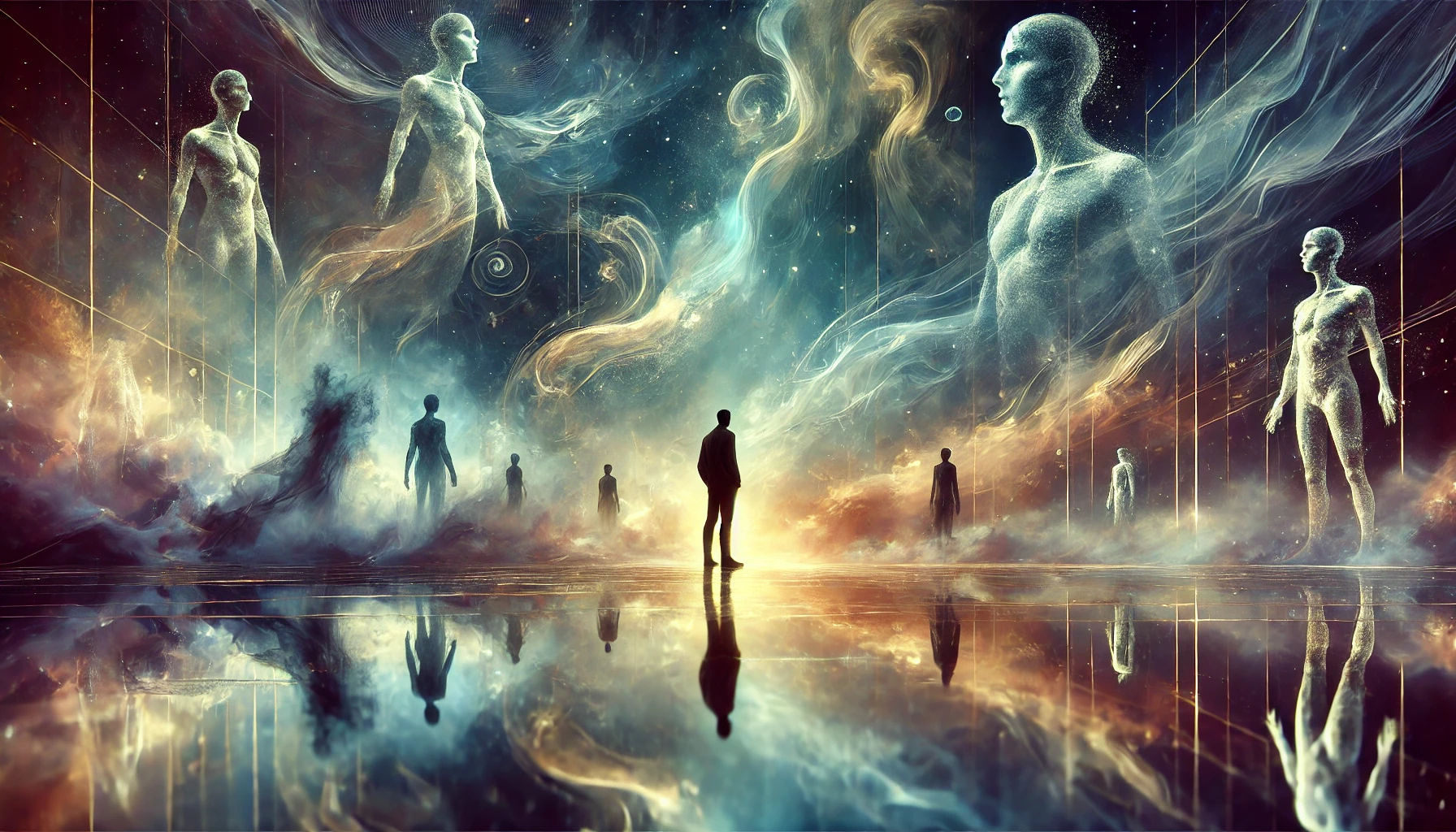
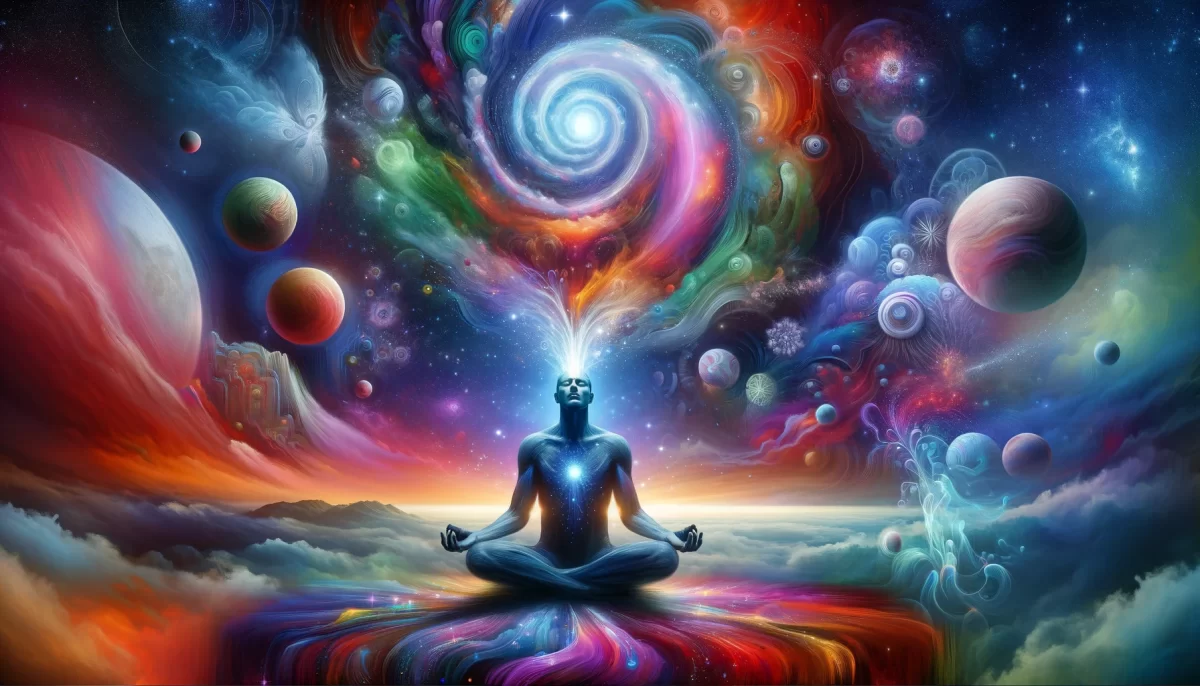
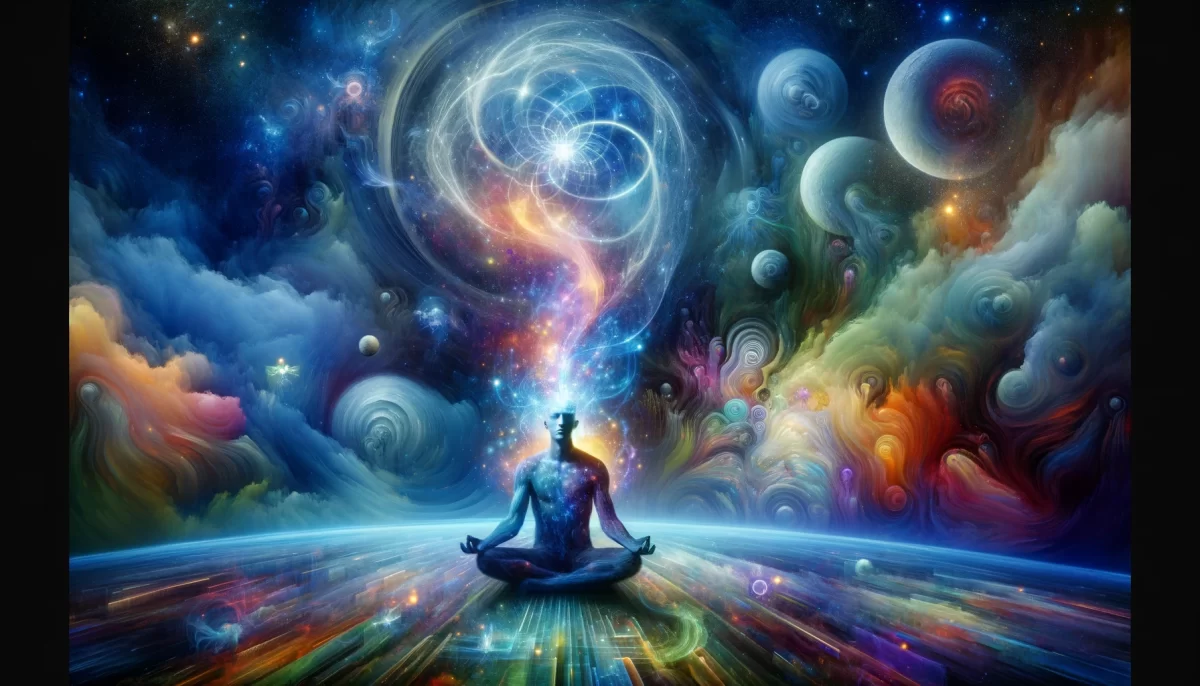
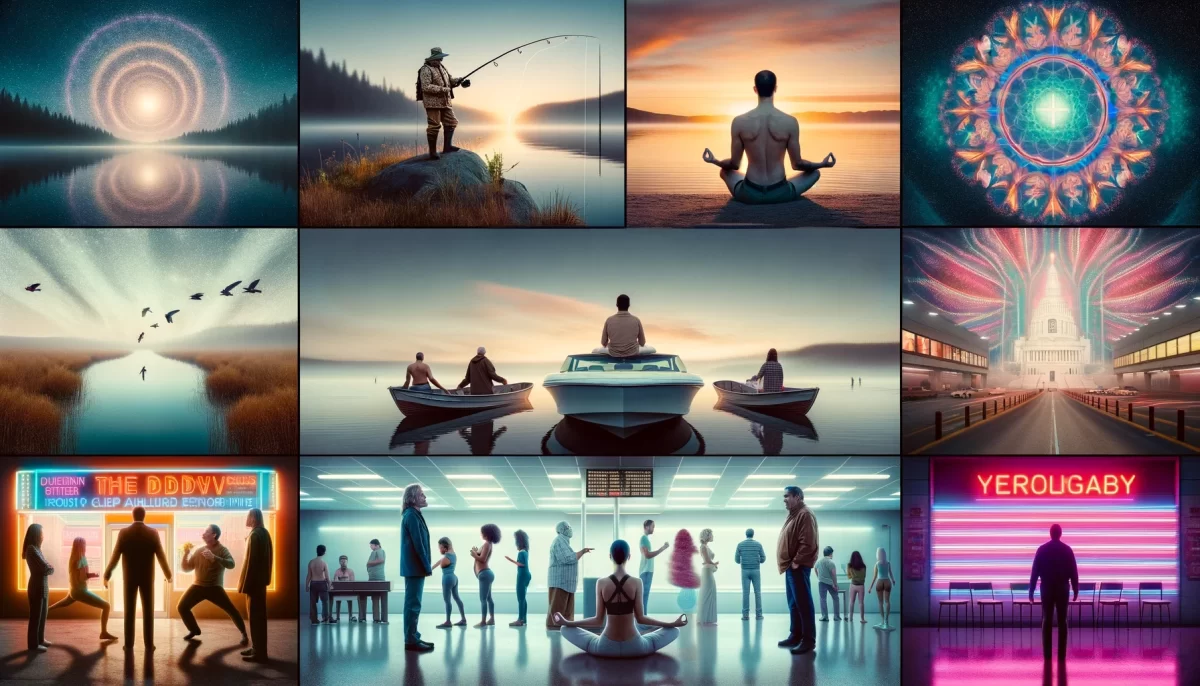
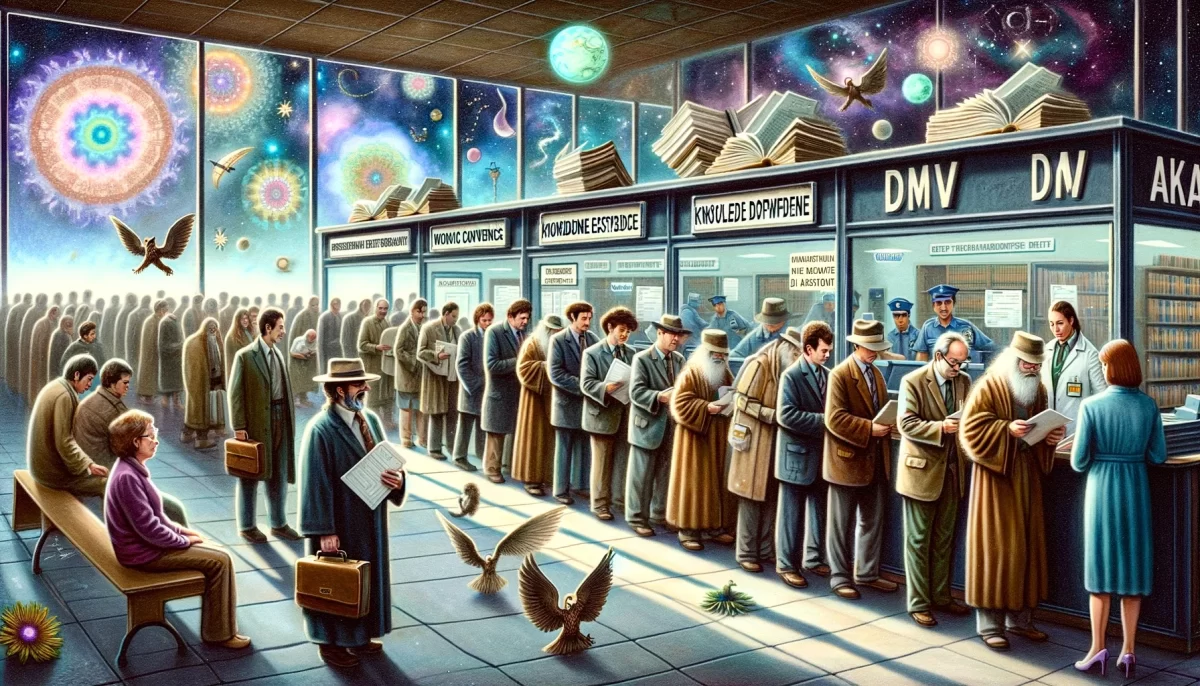



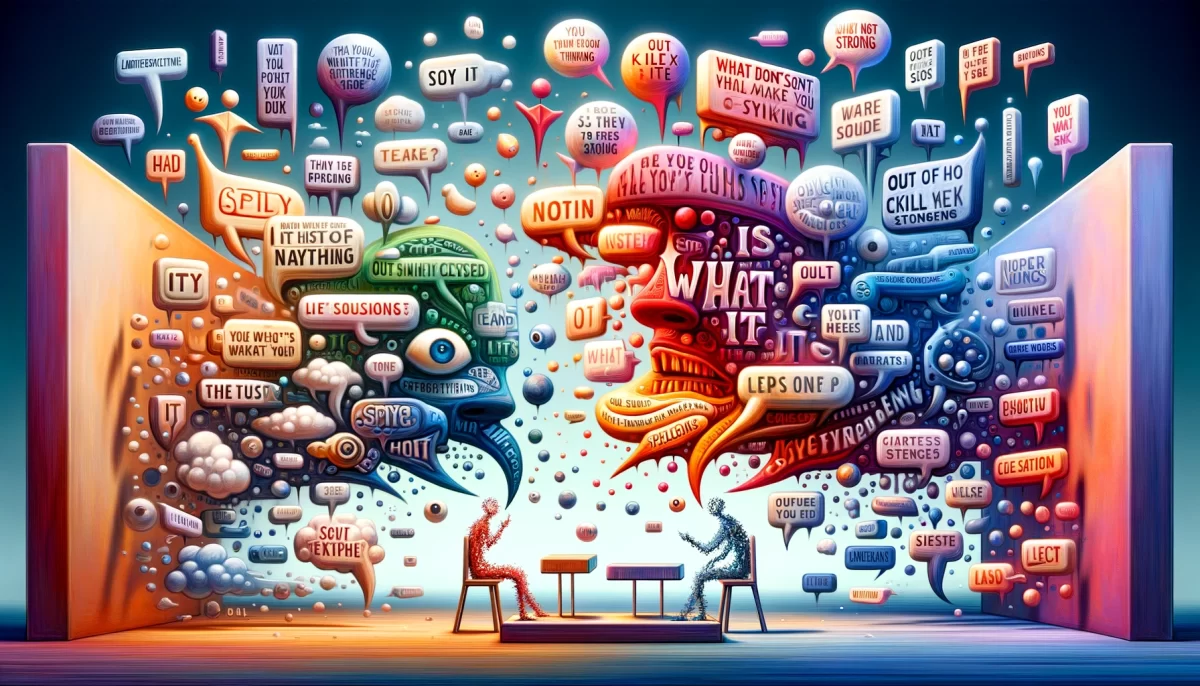




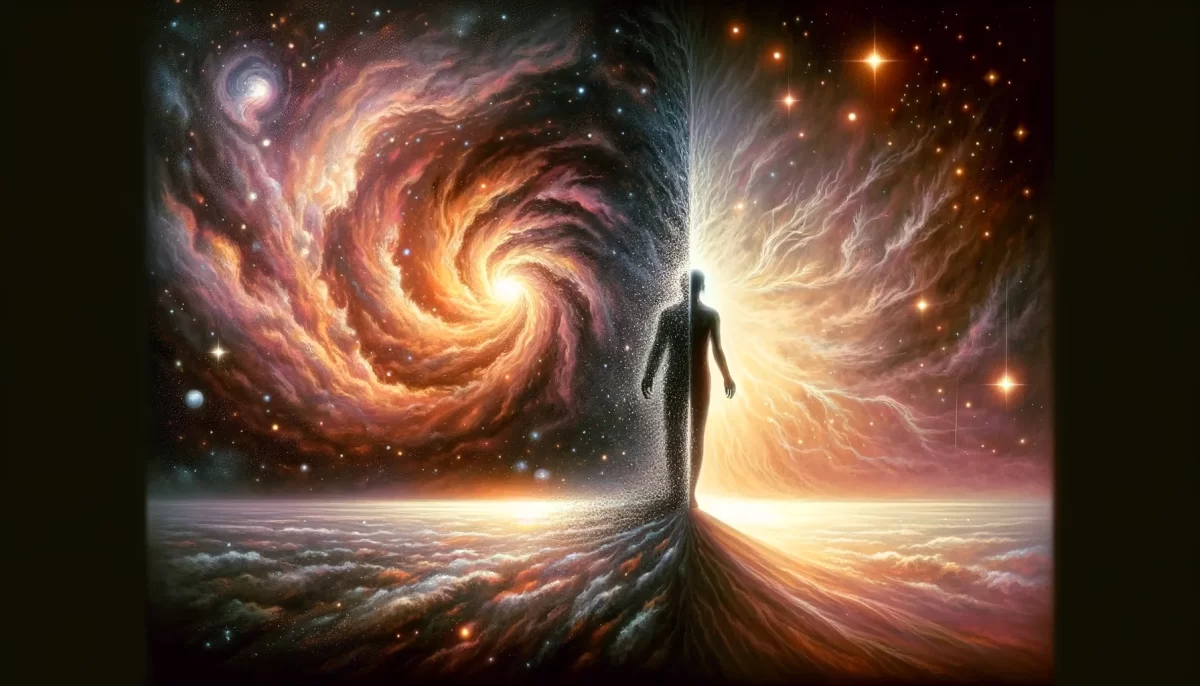

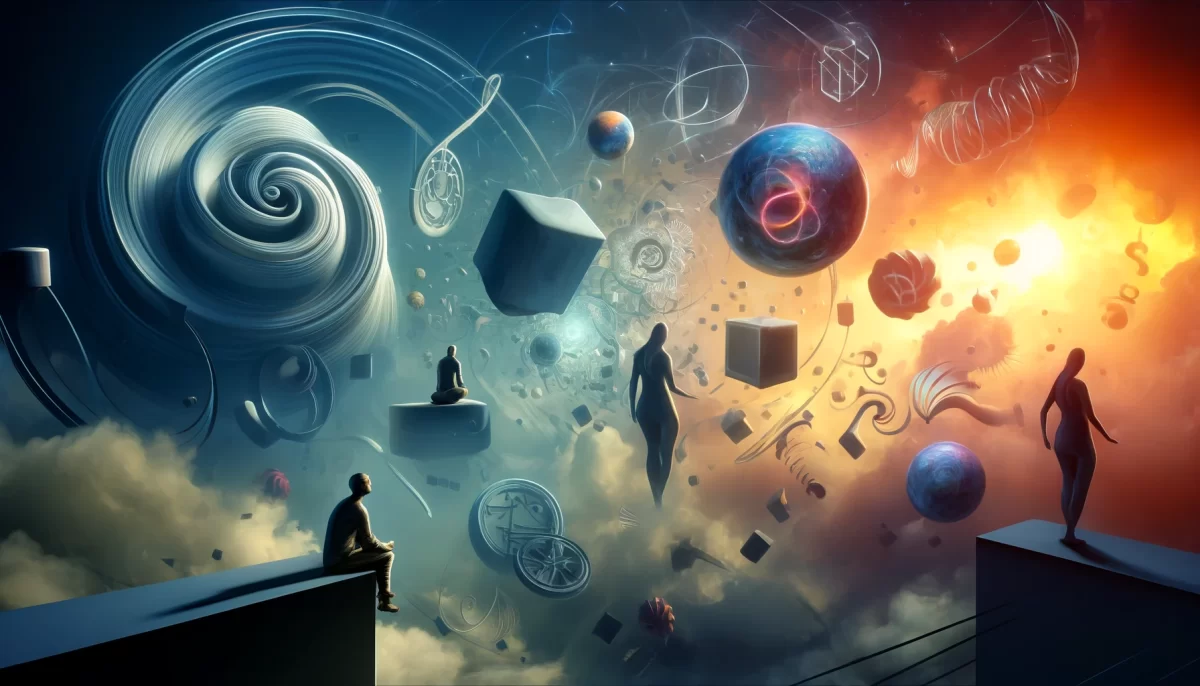
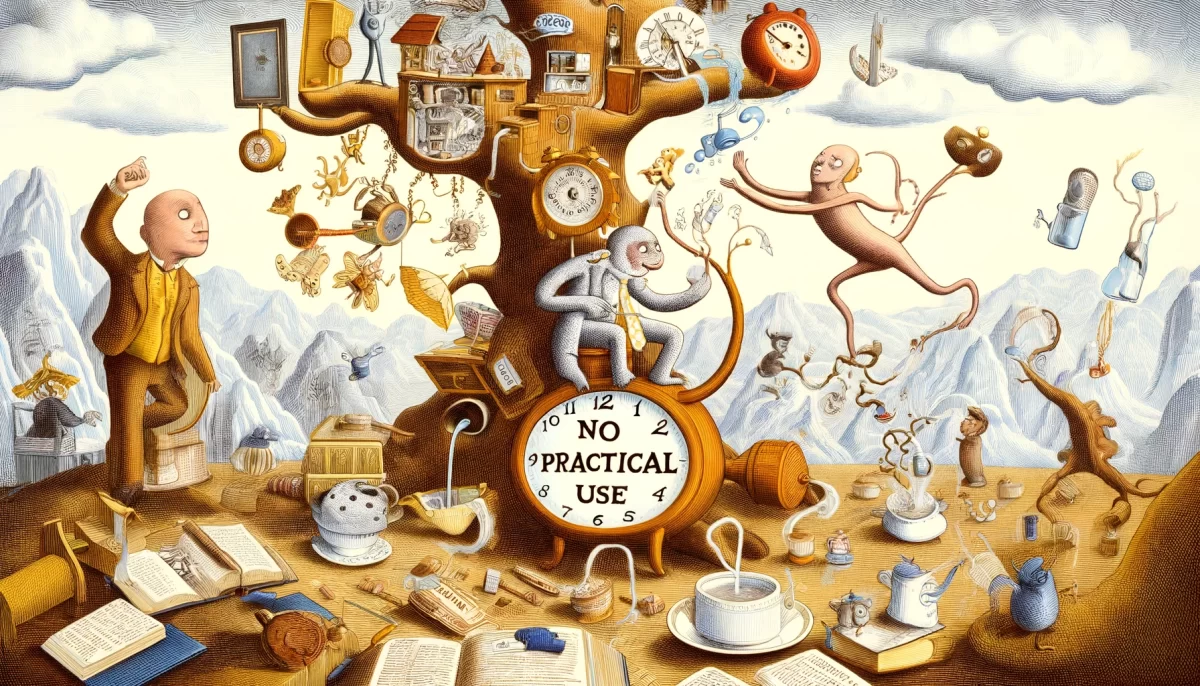




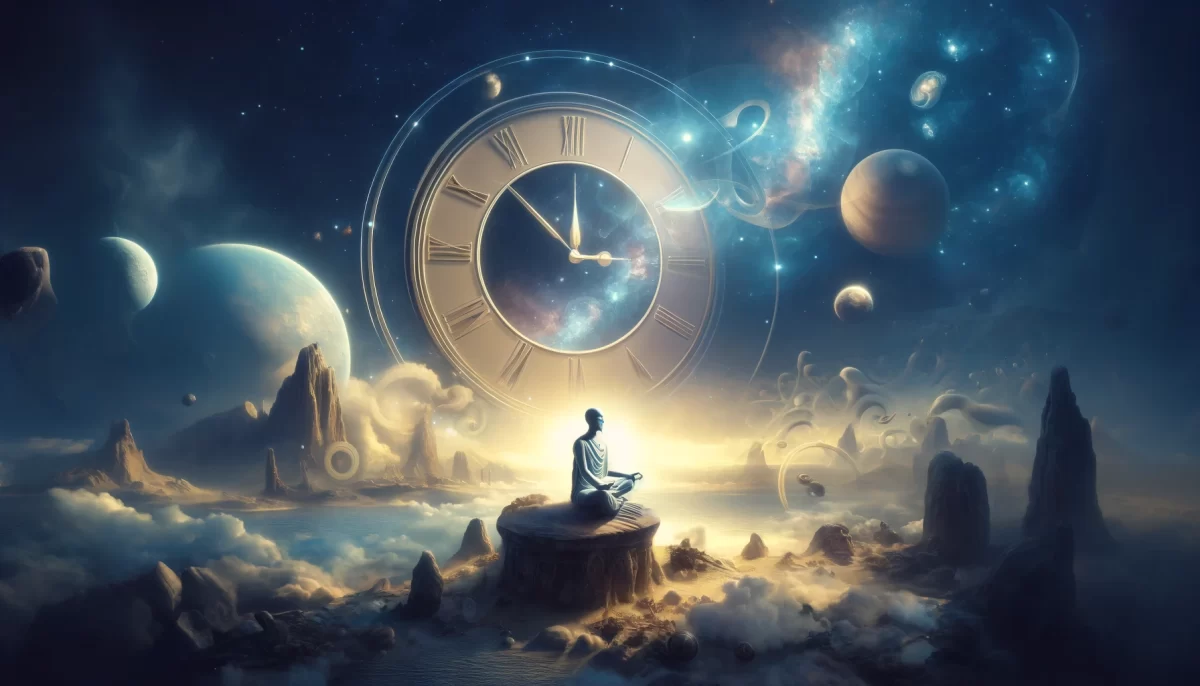




Leave a Reply